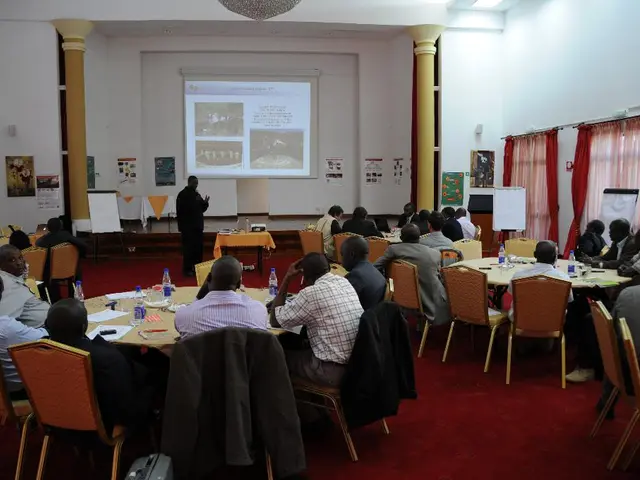Project Failures: Understanding the Causes and Preventive Measures to Ensure Success Every Time
Project management is a crucial aspect of any organisation, ensuring that projects are completed on time, within budget, and to the satisfaction of all stakeholders. To avoid project failures, project managers must focus on thorough planning, maintaining clear schedules, managing scope, and proactively handling risks and resource constraints.
Detailed Project Planning
A successful project begins with detailed planning. Clear project scope, responsibilities, timelines, and milestones should be defined upfront to avoid confusion and delays. Planning should anticipate potential setbacks and include corrective actions.
Realistic Schedules and Progress Monitoring
Scheduling tasks by working backward from the deadline, considering resource availability and workload, can help avoid bottlenecks and burnout. Regularly tracking progress and variances is essential to address issues early.
Managing Scope Creep
Scope creep, or the expanding of requirements that overburden resources and extend timelines, should be prevented by communicating and agreeing on scope boundaries with stakeholders before starting.
Prioritising Tasks and Resources
Establishing criteria to prioritise projects and competing demands using business value, deadlines, and resource capacity is crucial. Resource planning tools can help balance workloads and avoid conflicts and overload.
Clear Communication and Defined Roles
Regular updates and transparent communication with stakeholders are essential to build trust and ensure goal alignment. Roles and responsibilities should be clearly assigned to avoid overlaps or missed tasks.
Common Reasons for Project Failures
- Poor or insufficient planning leads to missed dependencies and unrealistic expectations.
- Scope creep causing unforeseen workload increases and delays.
- Unclear or shifting project goals preventing teams from targeting defined success criteria.
- Poor stakeholder communication causing mistrust and escalations.
- Resource risks such as shortages, skill gaps, or overload, if not anticipated and managed, cause delays and quality issues.
- Failure to take early corrective action when projects deviate from plan often causes escalation and failure.
Case Studies of Project Failures
- California's Department of Motor Vehicles spent $27 million on a five-year plan to create a system to track driver's licenses and registrations, but ended up abandoning the system due to its high cost, slow performance, and legal issues.
- The 7030, or Stretch, built by IBM in 1956 was considered a project failure because it was only 30 to 40 times faster than projected, instead of the intended 100 times.
Preventing Failures with Agile Project Management
Agile project management, with its focus on individuals and interactions, working software, customer collaboration, and responding to change, can help prevent project management failures. Agile project management software like Hubstaff Tasks offers visual boards, customizable workflows, commenting features, and a Sprint feature for task prioritization and planning.
The Importance of Team Communication
Probably the most important component of project management success is team communication. Top management or key stakeholders need to be invested in a project from the start to avoid project management failure.
The Cost of Project Failures
Project failures are costly, with $122 million wasted for every $1 billion invested in the United States due to lacking project performance. Inexperienced or non-certified project managers who lack the necessary skills to carry out the life of a project can also contribute to project failures.
In essence, successful project management hinges on structured upfront planning, realistic scheduling, scope control, active resource and risk management, and consistent communication throughout the project lifecycle. Ignoring these factors commonly leads to project failure.
- To prevent project failures, project managers should consider using agile project management software like Hubstaff Tasks, which offers features such as visual boards, customizable workflows, commenting features, and a Sprint feature for task prioritization and planning.
- Regularly updating stakeholders and maintaining transparent communication can help build trust and ensure goal alignment, which are crucial components of project management success.
- Prioritizing projects based on business value, deadlines, and resource capacity can help balance workloads, prevent overloads, and avoid conflicts.
- Hubstaff Tasks can also help prevent scope creep, by allowing project managers to clearly define project scope, responsibilities, timelines, and milestones at the outset, and to track progress regularly. Proactive management of scope, along with thorough planning, can help ensure projects are completed on time, within budget, and to the satisfaction of all stakeholders.




